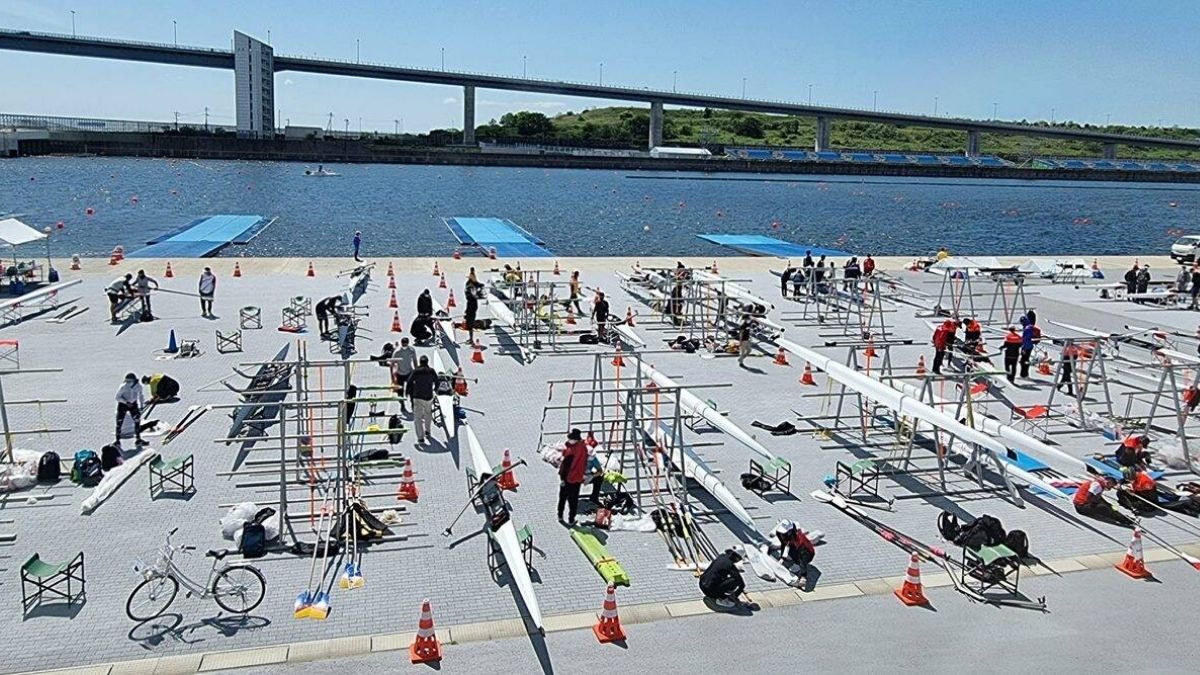Ismail Baig explains the scene on a Tuesday evening as he gazes out the window of his room on the ninth floor of a hotel overlooking Tokyo Bay. Indian rowers get a taste of what the Olympics might be like at qualifiers in Tokyo.
“There is no one on the streets, it is eerily quiet. During the day, one or two cars drive by. A tall building can be seen in the distance, but no one is entering or exiting. “It’s very quiet outside,” says Baig, India’s rowing mentor.

In less than 80 days, 10,000 athletes from over 200 countries are scheduled to converge on Tokyo to participate in the Olympic Games. However, the normal buzz and excitement that has gripped the host city have been replaced by regulations, restrictions, more rules, and more restrictions.
The Indian rowing team, which arrived in Tokyo on Wednesday for the Olympic qualification tournament, is getting a taste of what the Games could be like in July and August.
The Tokyo Olympics organizers published a playbook last Wednesday that outlined the procedures that each athlete would have to observe before, after, and after the Games. These guidelines will be put to the test this week at the rowing qualifiers.
Teams have been told when to arrive in Tokyo (May 1) and when to depart (May 8). They’ve been told when and where to eat and converse. They are not allowed to leave their rooms except for meals and transport to the competition. Shopping and sightseeing are out of the question.
“There isn’t any freedom. If we break some of the rules, we will be disqualified,” says Baig.
He acknowledges that it is frustrating. But he still knows the rationale. “Events all over the world are getting cancelled. Even in these tough times, they are organizing a tournament with people from so many countries. It is our duty to help them by following the rules.”
According to Reuters, when a group of competitors clustered too close to each other near the 3m springboard during the Diving World Cup at the Tokyo Aquatics Centre on Saturday, the announcer ‘scolded’ them for breaking social distancing norms.




